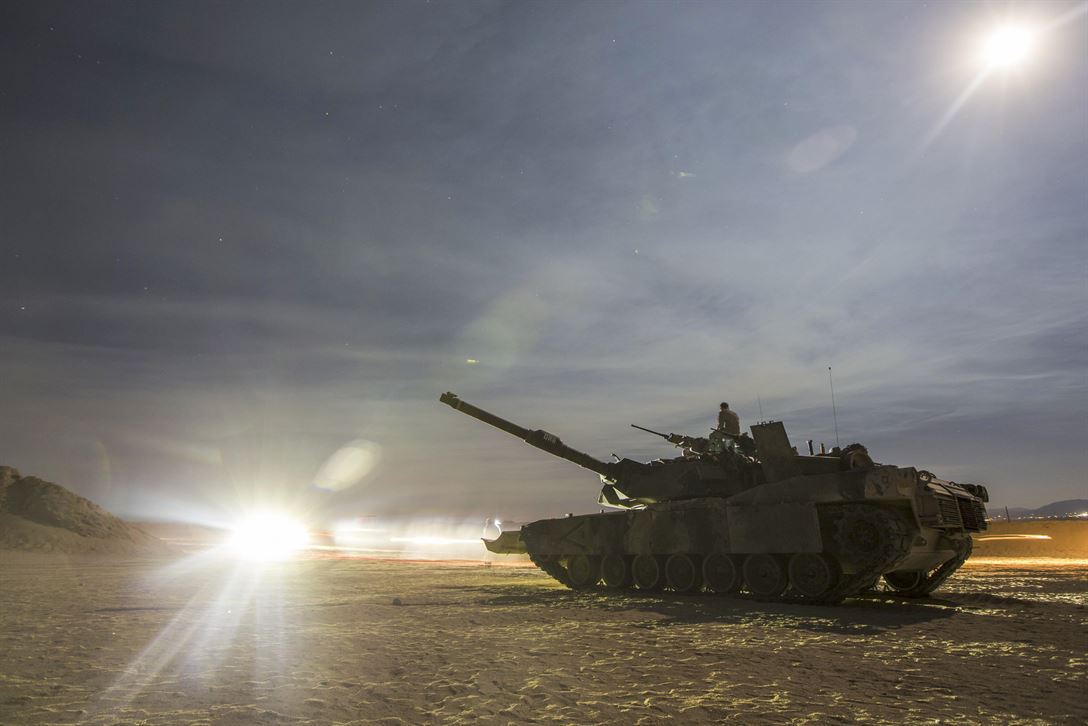Share

The third installment in our look-forward over the coming 12 months sees our bloggers discussing networking, standards and autonomy.
Richard Spiesman
In the network and communications market one of the trends which I expect will continue to gain interest among customers in 2017 is the use of 10GBASE-T connectivity for ground vehicle-based applications as an alternative to fiber networks.
The rationale for use of 10GBASE-T hinges primarily on taking advantage of existing copper cable installations, thus reducing overall investment as customers move to take advantage of next generation technology. An example application we envision is video cameras tied to Ethernet switches over Gigabit links for situational awareness applications and needing to consolidate these feeds into large 10Gigabit links via the switch to video processors and displays.
David French
Open industry standards will soon rule the day, even down to specific configurations within these standards. The DoD seeks to gain more control over their future when it comes to defense electronics computing and the concomitant costs to keep up with technology. This will happen through continuous competition, ownership of data rights and mandating specific industry standards and interconnects. The ultimate objective is commoditization of hardware. The myriad of standards and complementary initiatives is rich and keeps growing—including FACE, SOSA, COARPS, FASTR, HOST, SPIE, OMS, JCA… A challenge here may be adoption of standards that can be sustained for the long haul so that they are not out-paced by technology.
Larry Schaffer
Autonomous and semi-autonomous vehicles (of all kinds) will see increased adoption. Recent developments in sensors and processing modalities are proving the viability of the technology and improving public acceptance. In terms of military adoption, I would see this emerging slowly (but unrelentingly for obviously cost and man-power savings) due to the difficulties of operations in unconstrained / fluid environments and safety concerns.
Smaller, lower power devices (driven by mobile platform market demands) will continue to enable higher computing performance (especially in situational awareness, navigation and automatic flight control) on small platforms (like drones) for applications from reconnaissance to parcel delivery to crop spraying. Adoption in the civilian market will be rapid (just look at the number of high performance quadcopters on display for the holiday season).
Virtual reality will morph to “enhanced reality” (the fusion of real sensory—mainly visual—and synthetic inputs from other sensor and a-priori sources in real-time). Clearly, there is tremendous investment in the commercial sector and this will be adopted easily in the military especially for remote operations and intelligence.
